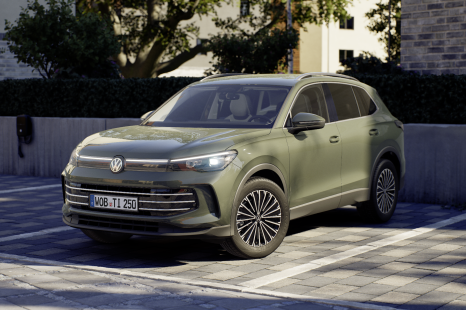

Marton Pettendy
2026 Volkswagen Tiguan and Tayron upgraded already
4 Hours Ago

Marketplace Editor
The all-new Mazda CX-60 has hit the ground running in Australia, sitting above a number of more established rivals – and its CX-8 and CX-9 stablemates – on the sales charts in July.
Mazda registered 628 units for the month of July according to VFACTS date, placing the CX-60 third behind the Tesla Model Y (3330 units) and the Lexus NX (658 units). The Audi Q5 (226 units), BMW X3 (232 units) and Mercedes-Benz GLC Wagon (289 units) all were well behind the Mazda for the month.
Year to date (YTD), the CX-60 is sitting at 669 registrations after first units started to arrive in June. Mazda may have given the segment leaders a six-month headstart – the Model Y is sitting on 17,332 deliveries to the end of July, and the Lexus NX is second with 3425 – but it has overtaken a huge chunk of rivals fast.
The Genesis GV70 (634 units), BMW X4 (463 units), Porsche Macan (258 units), Land Rover Discovery Sport (150 units), Range Rover Evoque (255 units), and Alfa Romeo Stelvio (101 units) are all established names in the class that are already behind the Mazda CX-60 in yearly volume.

Meanwhile, the Audi Q5 is sitting at 2630 units as of July 31, with the BMW X3 sitting at 2277 units, and the Mercedes-Benz GLC at 1691 units for the Wagon and a further 927 units for the soon-to-be replaced Coupe.
Within Mazda’s own range, the CX-60 outsold the mainstream CX-8 (366 units) and CX-9 (320 units) for the month, and also sat ahead of the Mazda 2 city car (447 units).
At the Australian media launch of the newSUV, Mazda’s local boss Vinesh Bhindi told CarExpert the brand was expecting to deliver around 500 CX-60s per month based on pre-launch demand, with scope for more if need be.
“We see an opportunity for about 500 units a month,” Mr Bhindi said. “If we can do more, we can get more – that’s not an issue,” Mr Bhindi said in July.
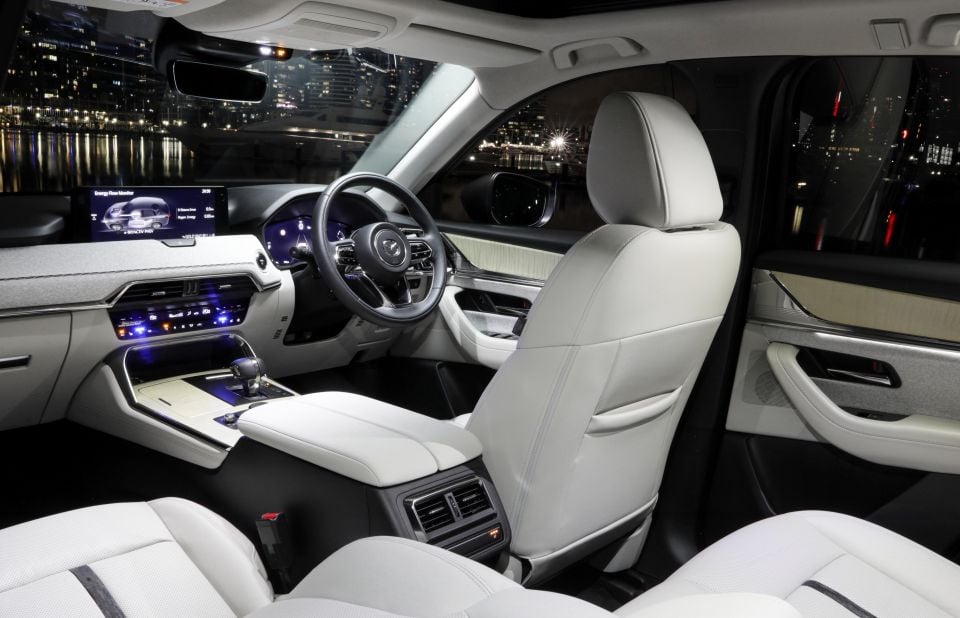
“Our main objective to give existing Mazda owners, whether they have a CX-5 or even a three-row CX-8 or CX-9 and their circumstances have changed, an opportunity to step up into something that’s more suited to where they are in life – incomes improved, status improved.”
“That’s where CX-60 sits, and we think we can get up to about 500 [per month].”
Should the Mazda CX-60 maintain a monthly delivery rate of 500-600 units a month, that could see the new SUV hit a yearly rate of 6000-7000 units – which would see it in second place behind the Tesla Model Y in the premium mid-size SUV class based on 2022 figures.
For calendar year 2022 Tesla registered 8717 Model Ys despite it being on sale for less than half the year (in 2023 it’s already sitting at a lofty 14,002 units as of June 30), followed by the BMW X3 (4546 units) and Mercedes-Benz GLC Wagon (4325 units) – if you combined the GLC Wagon and GLC Coupe, Benz was in second place with 5856 units.
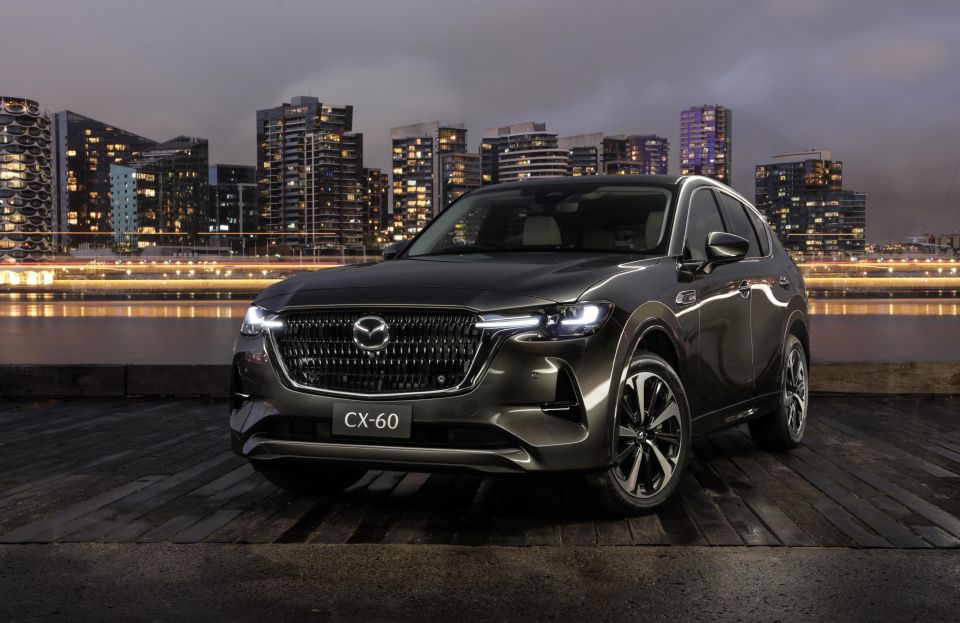
Pricing for the all-new 2023 Mazda CX-60 starts at $59,800 before on-road costs for the entry-level G40e Evolve inline six petrol, and climbs to $85,500 before on-roads for the flagship Azami with the P50e PHEV drivetrain.
Diesel models command a $2000 premium over the equivalent petrol, while the plug-in hybrid is $10,500 dearer than the equivalent diesel across all trim levels.
Mazda is one of the few brands in Australia to offer multiple grades of plug-in hybrid.
Are you one of the first CX-60 owners in Australia? Let us know in the comments!
MORE: Everything Mazda CX-60
Where expert car reviews meet expert car buying – CarExpert gives you trusted advice, personalised service and real savings on your next new car.
James Wong is an automotive journalist and former PR consultant, recognised among Australia’s most prolific motoring writers.


Marton Pettendy
4 Hours Ago
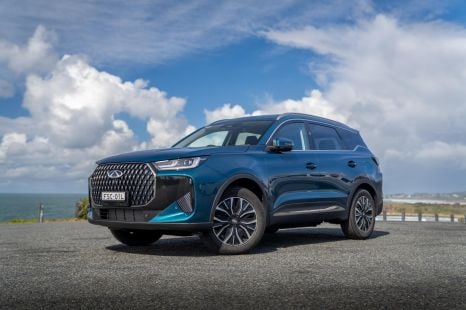

CarExpert.com.au
3 Days Ago
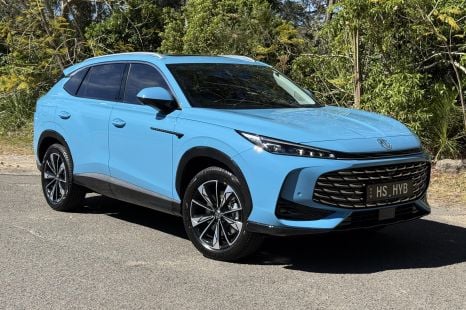

Matt Campbell
6 Days Ago
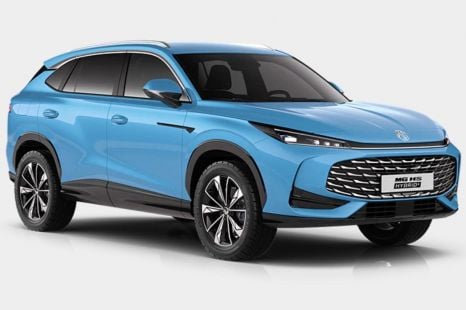

CarExpert.com.au
11 Days Ago
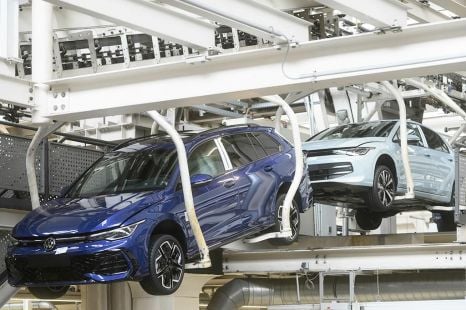

Damion Smy
12 Days Ago
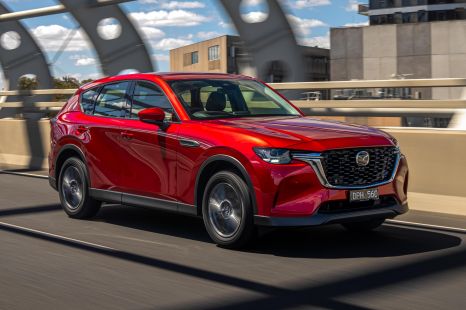

James Wong
13 Days Ago